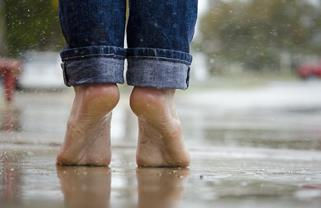10 Facts About Buckwheat
- Chin Ling
- Jul 4, 2016
- 2 min read
Updated: Nov 29, 2022

When I was in Singapore, healthy cafes and restaurants were popping up, as if to combat the craze of delicious Chinese pastry shops that had populated the shopping malls.
And noodle bars were a-plenty. This was when I first came across buckwheat noodles. Hard choice - noodles or Chinese cakes. Hmm... It's like having a juice bar next to a doughnut shop.
Buckwheat is much easier to find in UK than it used to be. Cruise your independent health food shop or Oriental supermarket to find it.
Buckwheat is actually a fruit, a relative of rhubarb, not related to wheat as the name might suggest.
It is gluten free.
Buckwheat is cholesterol free and nearly fat free.
It has only ½ the calories of barley.
The proteins in buckwheat are the best known source of high biological value proteins in the plant kingdom, higher than that of the soybean.
Buckwheat is rich in phosphorus, potassium, iron, calcium and B-complex vitamins.
One cup of buckwheat provides over 20% of dietary fibre.
Buckwheat contains a substance that lowers and stabilises blood glucose.
Eating buckwheat lowers cholesterol by preventing it from being absorbed into the small intestine.
It is not, in theory, a cereal but the seeds can be used in cereal
I like buckwheat in the form of noodles. It is possible to get pure 100% buckwheat although most soba noodles are mainly wheat flour with a small % of buckwheat.
The Jewish and Russian community use buckwheat groats in kasha (comfort food!).
The Dutch use buckwheat flour in their famous poffertjes (wonderful more-ish pancakes).
EAT IN MODERATION. JUST BECAUSE IT'S GLUTEN FREE, DON'T GO MAD.




Comments